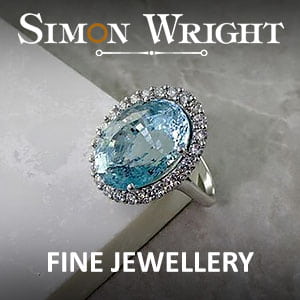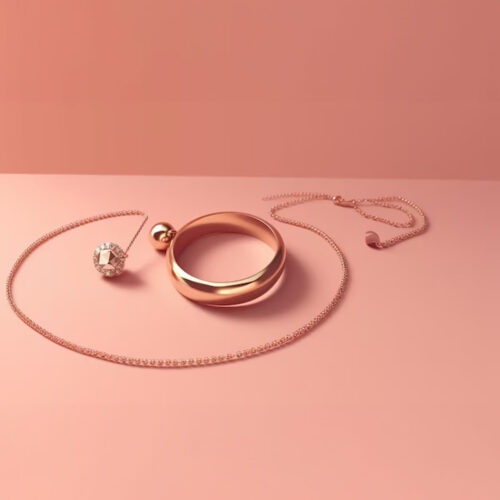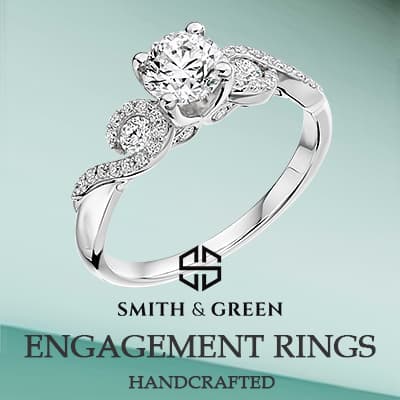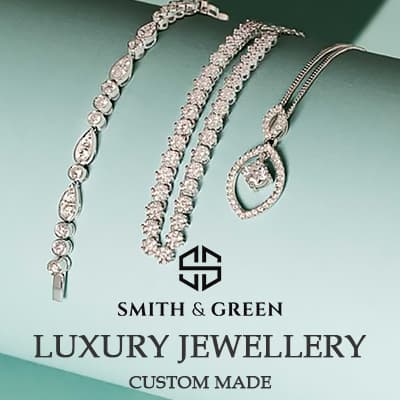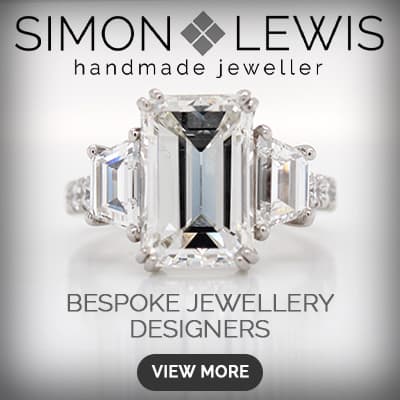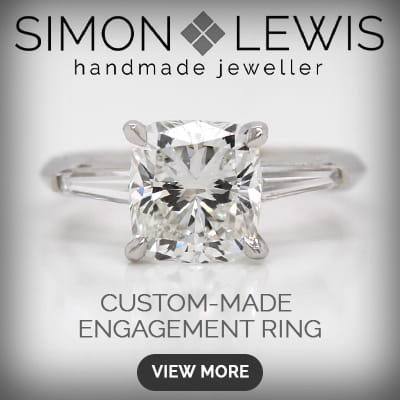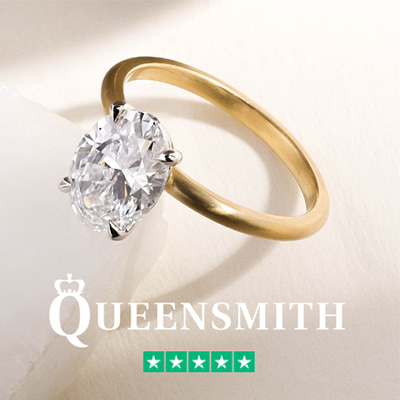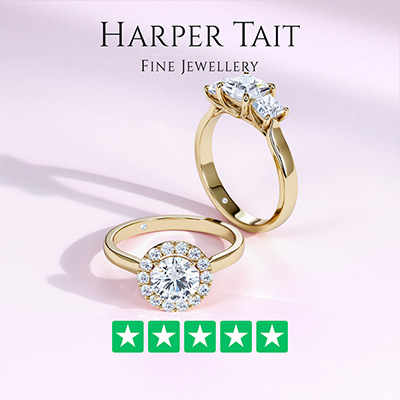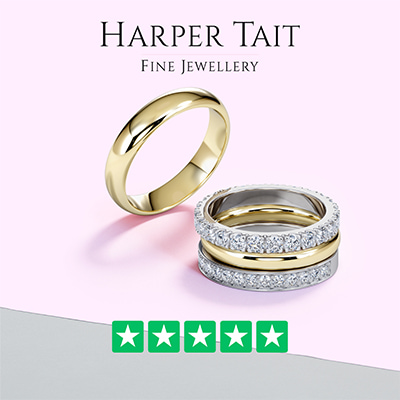Inspired by Irish mythology or Celtic tales and made from the finest materials, Celtic jewelry is often top quality and handmade by professional Irish jewelers. When a customer purchases a piece of Celtic jewelry, for instance, a Claddagh Ring or a Celtic Trinity Knot, they are not only buying a lovely piece of jewelry. They are carrying on traditional Celtic customs and traditions.
With the entrance of the Celts in 500BC, the art of narration in Ireland began. Without a bard, no meal or noble meeting was complete. Ancient pagan signs and symbols were frequently used in these tales and held tremendous significance and power.
According to legend, St. Patrick converted the Irish to Christianity using a Shamrock to represent the Holy Trinity. Such symbols are present in Celtic Crosses throughout Ireland, depicting the Christian faith. But this is just one example. See Irish jewelry almost always comes with various symbols and tales. Here are some common ones:
The Irish Harp
The Celtic Harp, Cláirseacht in Irish, is a classic Irish square harp associated with the Irish ruling class. Some believe the wire chords depict the king’s arms. In Celtic culture, Irish kings and tribal chiefs each possessed their own harpist, and no celebration or noble assembling was finished without a performer to entertain guests.
With their memorable melodies, they carried legends and stories from their native land, keeping the traditions alive. Today, the Harp is the most well-known symbol of Ireland. The Irish National Emblem is present on all official public records, Irish travel documents, and Irish coins.
The Celtic Cross
The Celtic Cross is a Christian cross that first appeared in the middle ages. Ireland’s patron saint is St. Patrick. According to legend, he saw a pagan standing stone engraved with a loop, the moon goddess’s symbol. Some believe he graced the stone and marked it with a Latin Cross, thus establishing the first Celtic Cross.
The Celtic Cross also referred to as the High Crosses, is a traditional symbol of Ireland that can be noticed all over the country, highlighting old religious sites or holy places. The crosses are masterfully crafted from sandstone or granite and tales from scripture that have been skillfully sculpted and maintained for centuries.
The Trinity Knot
The Trinity Knot, also known as the triquetra, is a popular symbol in Celtic jewellery. It is present in old writings such as the Book of Kells, soiled glass windows, and early Christian Celtic crosses and statues.
It was an emblem of life to the Celts, representing Earth, Wind, and Water. It subsequently came to represent the Mind, Body, and Spirit. Some view it as a representation of the Holy Trinity (Father, Son, and Holy Spirit) and symbolizes eternity in Christianity.
The Trinity Knot is now used as a symbol of eternal love – portraying a relationship’s three commitments of love, honour, and protection. This design makes a graceful and meaningful motif for wedding rings, necklaces, and earrings.
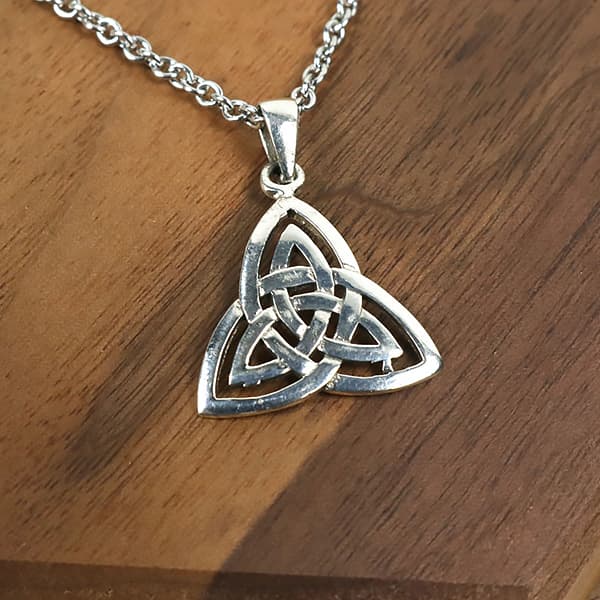
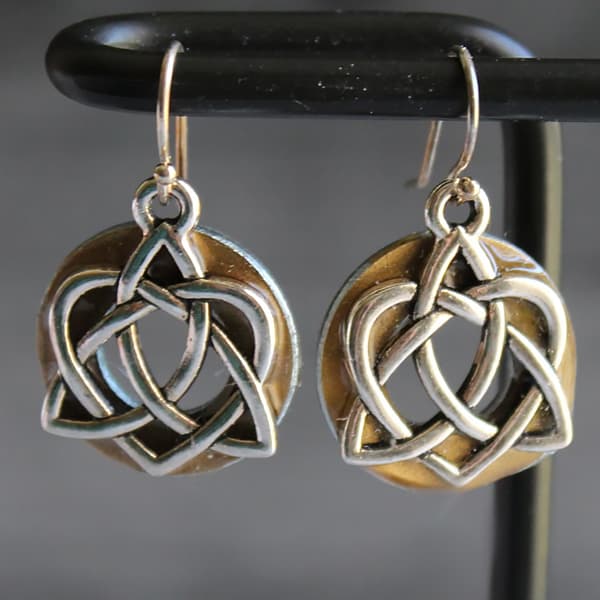
The Knot Of The Celtic Sisters
The Sisters Knot represents sorority and the powerful, eternal bond you communicate with our sisters and friends. The complicated Celtic knot heart represents an endless chain of love. The three phases of woman are represented by the graphic triquetra or triple spiral woven inside the Celtic knot heart. Maid, mother, and wise woman are the 3 phases of a woman.
The Celtic Owl
Because of the owl’s association with the Crone aspect of the Celtic Hag Goddess “Cailleach.” the word “cailleach” in Scottish-Gaelic means “elderly woman!” The word “cauileach-oidhche” in Gaelic means “evening-cockerel” or “white, old woman of the night.”
The owl is frequently used as a manual to and within the Underworld, as a creature with keen vision in the dark, and as a quiet and swift warrior. According to Celtic folklore, the wise Celtic owl can give you wisdom by revealing those who would mislead or take full advantage of you.
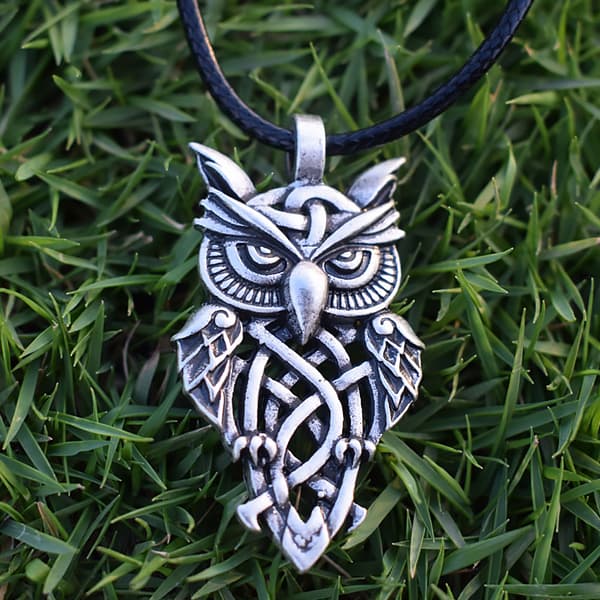
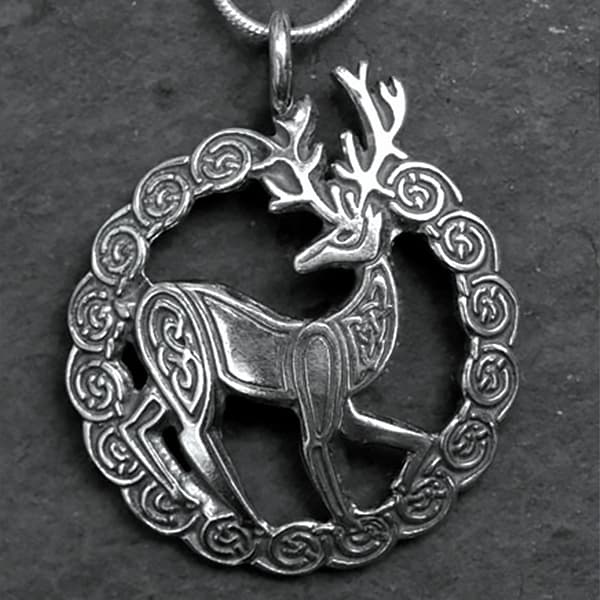
The Stag Of The Celts
The mythical stag represented both nature and bounty. The Celts’ way of life was intertwined with both heart and animals, but the deer, also known as the Celtic Stag, held special significance.
The White Stag was thought to be God’s helper. On the other hand, the white stag’s presence foretold important events to come. Cernunnos, the Stag God, was one of the Celts’ animal Gods. Cernunnos, the Celtic God of Abundance, has been known to transform into a “stag of seven tines.” The number seven is often associated with reincarnation in ancient pagan spiritual beliefs.




